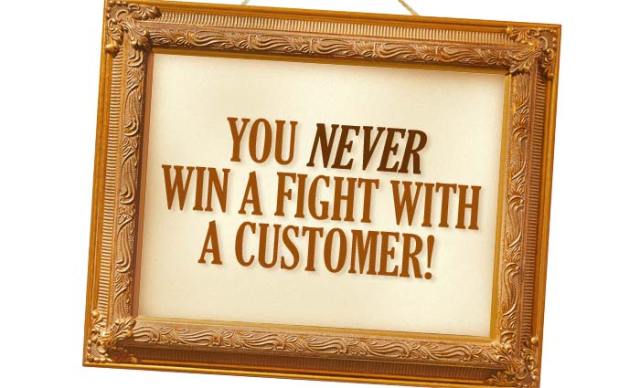

In most industries around the country and even from our government we continually hear that we must innovate to survive. Is this really what we have to do? Or is there a different path available. In other words, is 'innovate or die' a lie?
I propose that it is a lie. It’s certainly not the whole truth, and I’m more guilty than many of using this expression.
Don’t get me wrong here. I am a very strong believer in innovation, but success comes in many guises, innovation being just one of those. Personally, I probably innovate better than I execute, so I have wonderful, capable people around me to execute because I need them.
Leon C Megginson, who was professor of management & marketing at Louisiana State University at Baton Rouge, wrote in 1963: "According to Darwin’s Origin of Species, 'it is not the most intellectual of the species that survives; it is not the strongest that survives; but the species that survives is the one that is able best to adapt and adjust to the changing environment in which it finds itself.'"
Yes, apparently it was Megginson paraphrasing Charles Darwin rather than Darwin himself. Whatever, it’s an amazing distinction. And we’ve certainly seen the truth of that in recent months and years with both large and small examples of the species in many industries, including our own, failing to adapt to changing environment.
Rather than 'innovate or die' should we instead chant 'adapt or die'?
'Innovation' is creating a new method, idea or product. Let’s get it straight here: creating something brand new is hard work. It’s living on the bleeding edge. And it’s even harder to get it to market. It is the playground of amazing artists (think Steve Jobs from Apple) and some very clever scientists (think 3M and pharmaceuticals) who create spectacular results and amazing innovative new products… sometimes with a bit of luck.
Innovation can be fun, but it takes lots of time, energy, patience, and normally lots of commitment from everyone involved – ourselves, our great clients and our amazing suppliers.
'Adapting' on the other hand is making something suitable for a new use or purpose, to modify the existing, to become adjusted to a new environment. These are subtle but very important differences.
It’s about doing what we do already with what we have already, but in a different way or with different partners. Or making modifications for a different application.
Adapting is easier, more common, less stressful – and it’s within the grasp of all of us who can use a pencil in more than two ways (how many uses can you think of?). There’s no need to reinvent the wheel or necessarily buy new equipment.
Whether innovating or adapting, you must really try to listen to your clients. Have a can-do attitude – and then set working out how to do it. Adapt to your client’s needs. You can also partner with clients’ specific clients who come to you with a challenge that may look like an adaption but actually turns into innovation. Be warned that true innovation can take years to develop a suitable solution. You won’t always succeed but you’ll be in there trying to meet the needs of your clients rather than sell what you have always known how to do.
[Related: More Industry Insider columns]
David Leach is the chief executive of Look Print and a former GASA president
Comment below to have your say on this story.
If you have a news story or tip-off, get in touch at editorial@sprinter.com.au.
Sign up to the Sprinter newsletter




Get what you’re arguing David, agree to an extent but think you’re interpreting “Innovation” a little to literally. I’d suggest that creating a new method or idea (part of your definition of innovation) is a fundamental part of adaptation, or at least fundamental to realising an “adaptation advantage” (might trademark this!). And these new methods or ideas don’t necessarily need to be complex or time consuming in their creation. They just need to be impactful on your clients’ experience (value-adding) and provide a point of differentiation from your competition. It could be a small process improvement or a new method of communicating with your customers. Innovation doesn’t need to be big and scary, but it does need to be embedded in your business and part of your everyday conversations with your staff and customers.